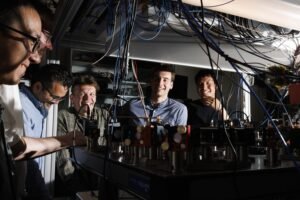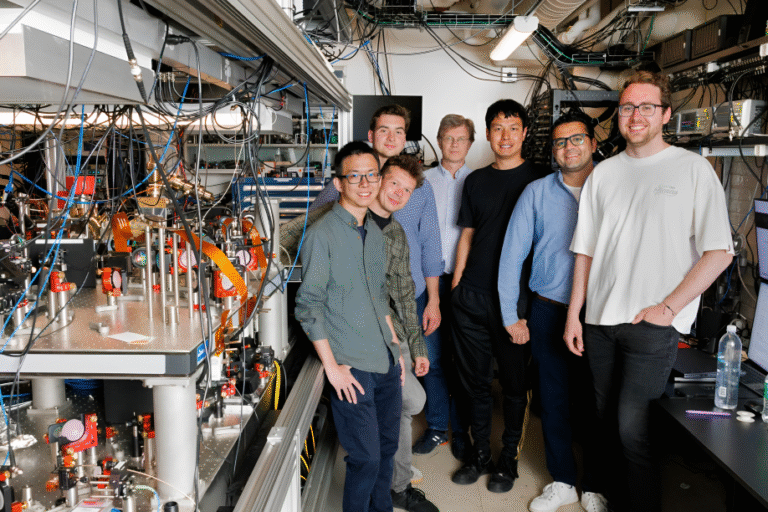Physicists at Harvard University have achieved a landmark milestone in quantum computing: developing the first continuously operating quantum system with over 3,000 qubits. Unlike previous quantum setups, which required frequent restarts, this system can operate uninterrupted for over two hours, representing a major advance toward practical, scalable quantum computing.

Technical Breakthrough
The research team, led by Mikhail Lukin and collaborating scientists from MIT and QuEra Computing Inc., employed cutting-edge techniques to overcome a key limitation in quantum systems: atom loss. Using laser-based “optical tweezers” and conveyor belt mechanisms, the system can rapidly reload atoms, ensuring stable operation over extended periods.
This continuous operation addresses one of the central challenges in quantum computing — maintaining qubit coherence long enough to perform complex calculations reliably.
Implications for Science and Technology
The breakthrough paves the way for significant advancements across multiple domains:
- Scientific Research: Enabling simulations of complex quantum systems previously infeasible.
- Medicine: Potentially accelerating drug discovery and protein modeling.
- Finance: Allowing faster optimization and risk analysis for large-scale portfolios.
- Artificial Intelligence: Enhancing machine learning through quantum-enhanced algorithms.
By achieving continuous operation at this scale, Harvard’s team has marked a defining step in the global race toward operational quantum computers.
 Future Outlook
Future Outlook
This development signals a turning point in quantum hardware engineering, bringing scientists closer to building fault-tolerant, large-scale quantum machines. Continuous operation and increased qubit count are critical milestones for translating quantum theory into practical applications that can impact industries worldwide.
As researchers continue refining this technology, it is expected to accelerate innovation and unlock new computational frontiers across science, medicine, finance, and AI.



 Share your work with UNI Network Magazine. Upload your PDF below.
Share your work with UNI Network Magazine. Upload your PDF below.